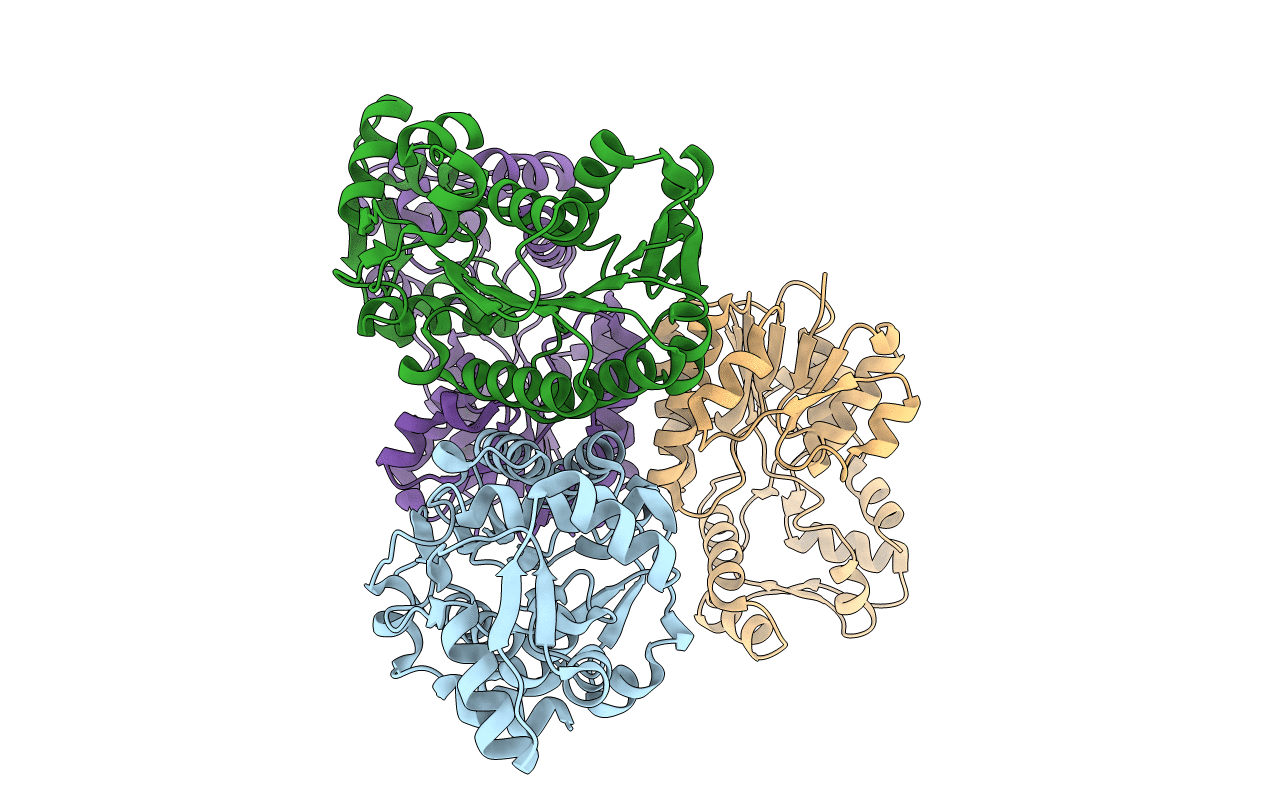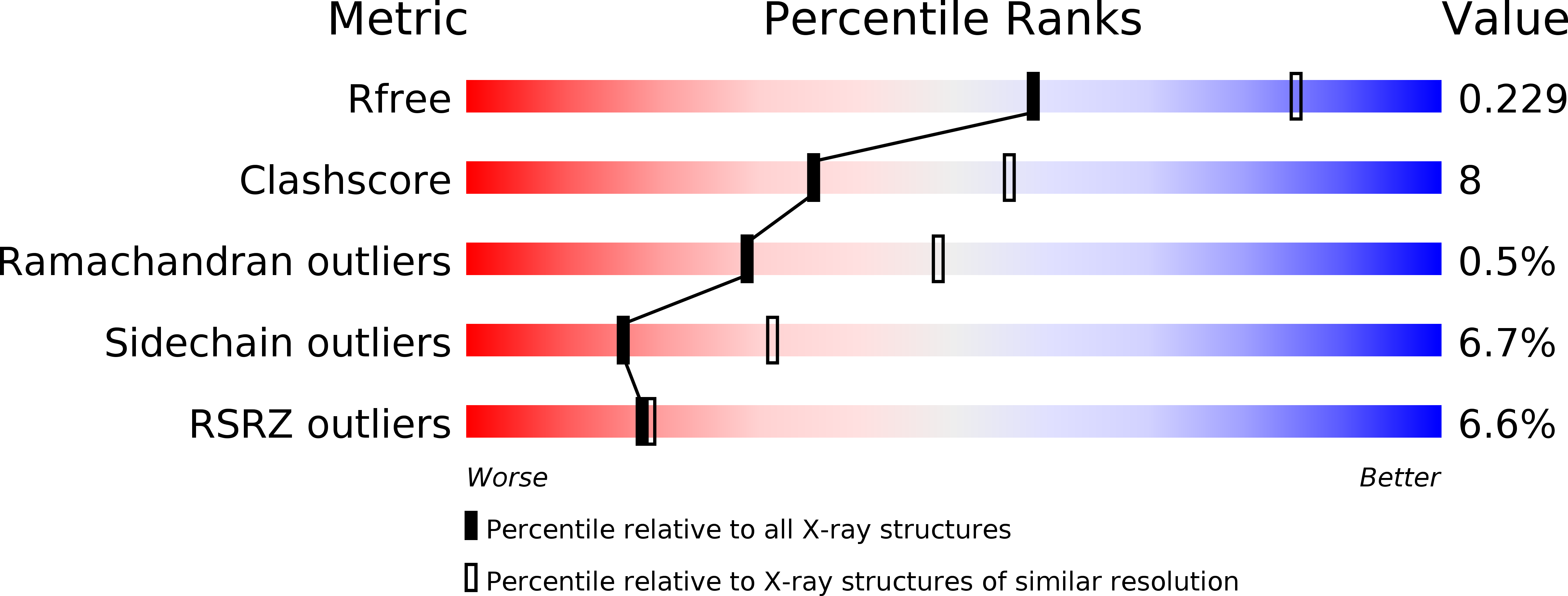
Deposition Date
2008-03-31
Release Date
2008-09-23
Last Version Date
2024-11-13
Entry Detail
PDB ID:
2VRC
Keywords:
Title:
Crystal structure of the Citrobacter sp. triphenylmethane reductase complexed with NADP(H)
Biological Source:
Source Organism:
CITROBACTER SP. MY-5 (Taxon ID: 308866)
Host Organism:
Method Details:
Experimental Method:
Resolution:
2.50 Å
R-Value Free:
0.23
R-Value Work:
0.19
R-Value Observed:
0.19
Space Group:
P 21 21 21


